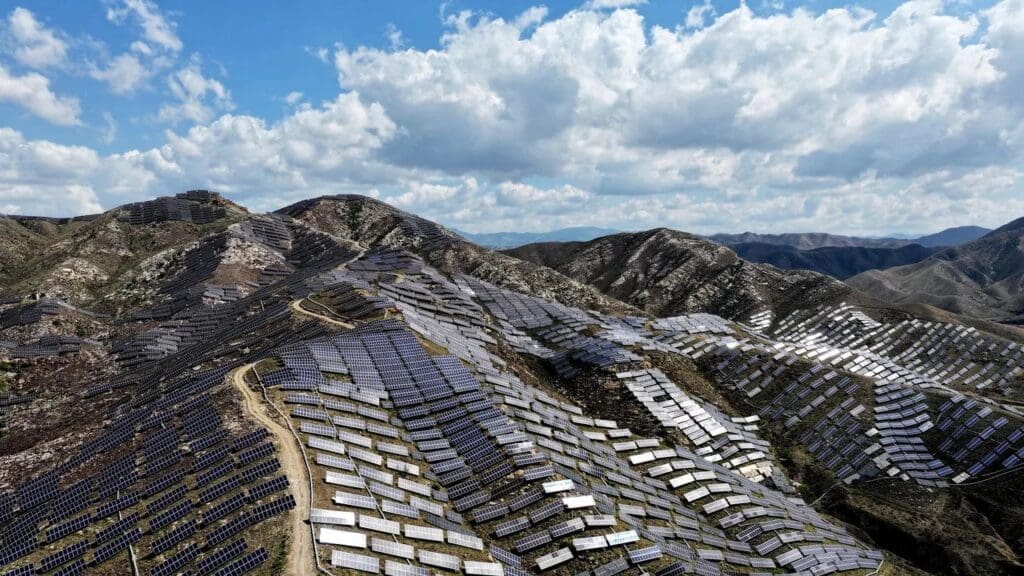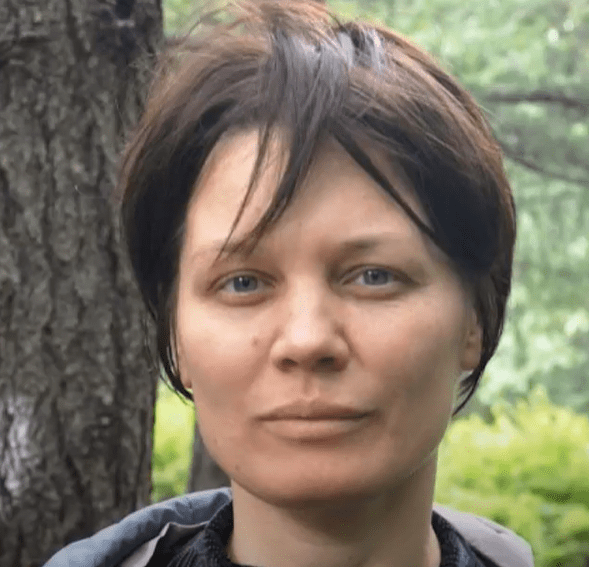The more we disturb intact ecosystems, the less stable the climate that we have.
Do we have systematic evidence-based resources to prove how natural ecosystems stabilize climate?
Yes, we do! It would be helpful for science communicators and policymakers to have a resource with systematized evidence. For example:
Primary forests have higher resilience against droughts than secondary forests.
Native vegetation stops devastating fires and produces cooling clouds.
Intact forests warm less under global warming than non-intact.
The global climate role of natural forests for improved climate projections and policies.
However, a paradigm shift is required for such evidence to appear more frequently in the peer-reviewed scientific literature. Our communities and the policymakers deserve to have more information available. We need to view our ecosystems through the lens of the biosphere. Our interactions with nature also need a new water paradigm shift to sustain life on Earth.
As Judy Schwartz writes in her books and articles, it is about how modern science views the life-environment interaction.
The current paradigm is based on adaptation and limitation as key concepts overlook and actively oppose such evidence, which remains scattered. (One conspicuous example of such an opposition, “the Odum paradox”, is discussed here.)
James Lovelock, who proposed Gaia theory, had a holistic view thanks to his space studies and the opportunity to see our planet as a whole. Victor Gorshkov, who formulated the biotic regulation concept, had a comprehensive view of a physicist-theoretician who spent years in the Russian wilderness.
Richard Dawkins is an evolutionary biologist, one of the more visible opponents of the idea that intact ecosystems regulate climate. Modern evolutionary biology based on the “survival of the fittest” is environmentally agnostic. The “survival of the fittest” is not a tautology as it might seem (“the fittest is the one who survives”). It contains a very strong statement: there is always someone (“the fittest”) who survives! Having postulated survival, one no longer needs to bother about environmental degradation. A certain life compatibility is axiomatized. As we know, an axiom is an assumption that certain properties exist. An axiom is a hypothesis and cannot be proven.
Modern ecology is based on the limitation principle that views life as limited by external conditions. Historically, this incorrect but deeply ingrained view stems from early human observations made in agricultural ecosystems. It is essential to understand that farming altered once intact ecosystems and hydrology of our watersheds, so we no longer look at the pristine landscapes. Agricultural systems are limited by fertilizers. Natural ecosystems are not limited; they create and maintain their own optimal environment.
From within a mental asylum, it is not possible to study how a healthy human psyche works. Likewise, from within a distorted environment, one cannot assess the value of natural ecosystems.
The problem of humans viewing life through the crooked mirror of our distorted environment and degraded ecosystems is aggravated by intact ecosystems being lost very rapidly, diminishing the chance of us ultimately understanding and making use of their importance. As I mentioned earlier, a solid and conscious intellectual effort is required to oppose these dangerous tendencies.
Intact ecosystems stabilize climate. The more we disturb them, the less stable the climate that we have.
Not everything green is equal. As an angry genie is released from the bottle, a disturbed but highly productive biological system can quickly destroy the environment.

Written by Anastassia Makarieva and edited by Zuzka Mulkerin

Dr. Anastassia Makarieva is an atmospheric physicist who investigates life-environment interactions and the biotic regulation concept, founded by Prof. Victor Gorshkov. In co-authorship with V.G. Gorshkov, Anastassia formulated the concept of the biotic pump of atmospheric moisture highlighting key ecological feedbacks on atmospheric moisture transport (2007) and, in cooperation with an international team of colleagues, demonstrated the existence of life’s metabolic optimum (broadly universal rate of energy consumption across life’s kingdoms) (2008). Combining theoretical work with field observations, Anastassia spent over sixty months doing forest research in the Russian wilderness. Her current research interests focus on deepening the physical understanding of ecosystem feedbacks on the water cycle and moisture transport.

